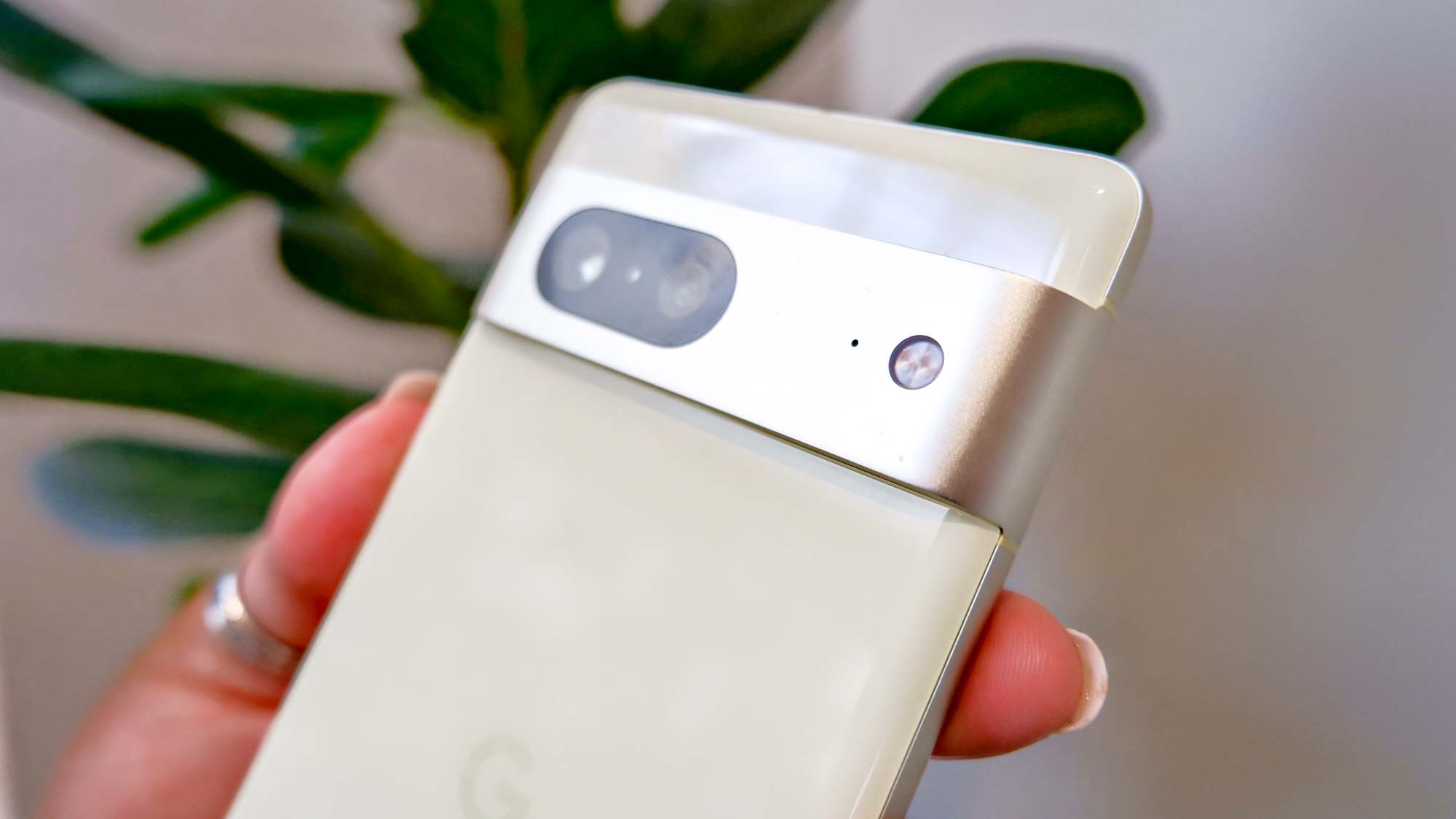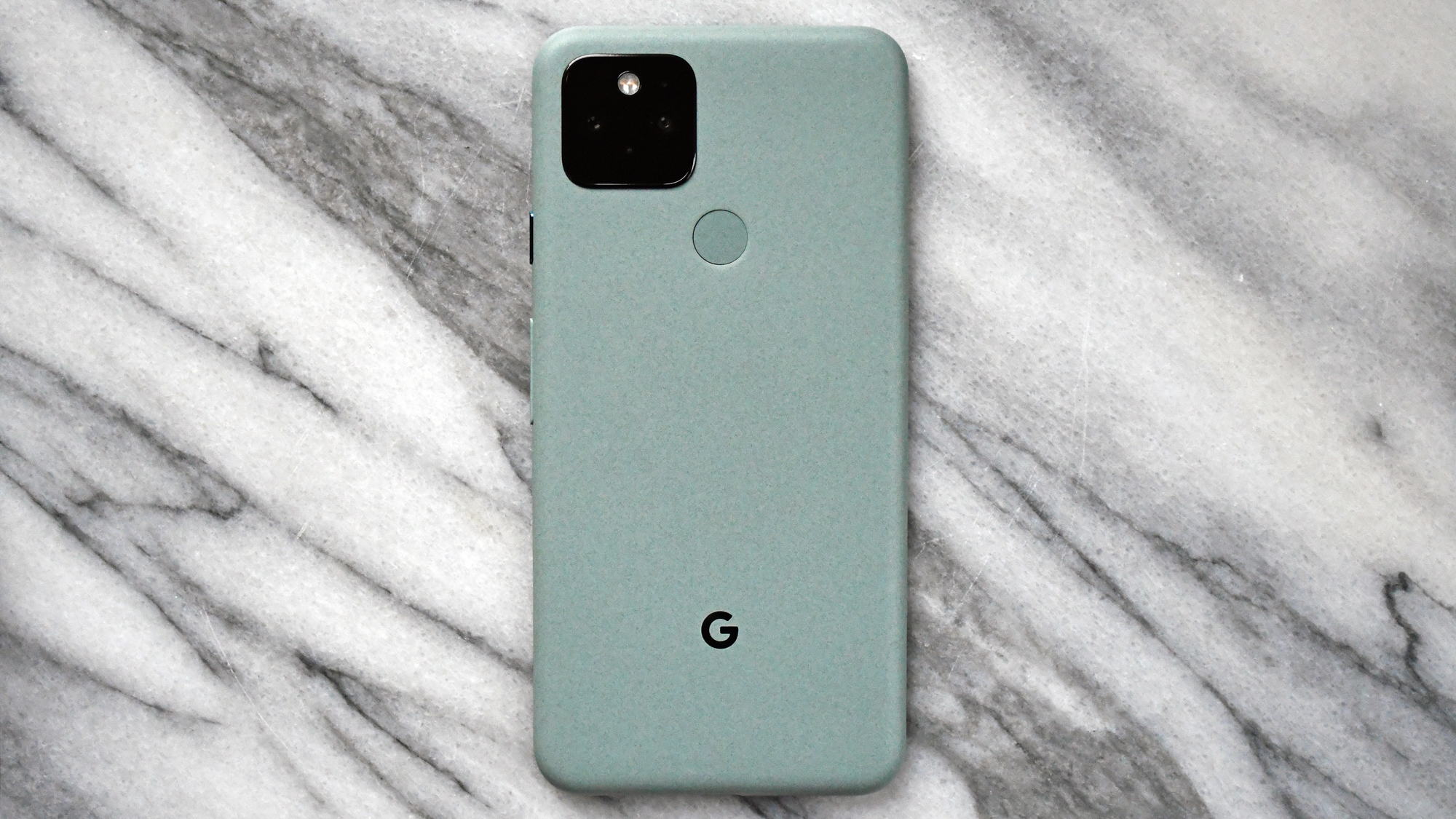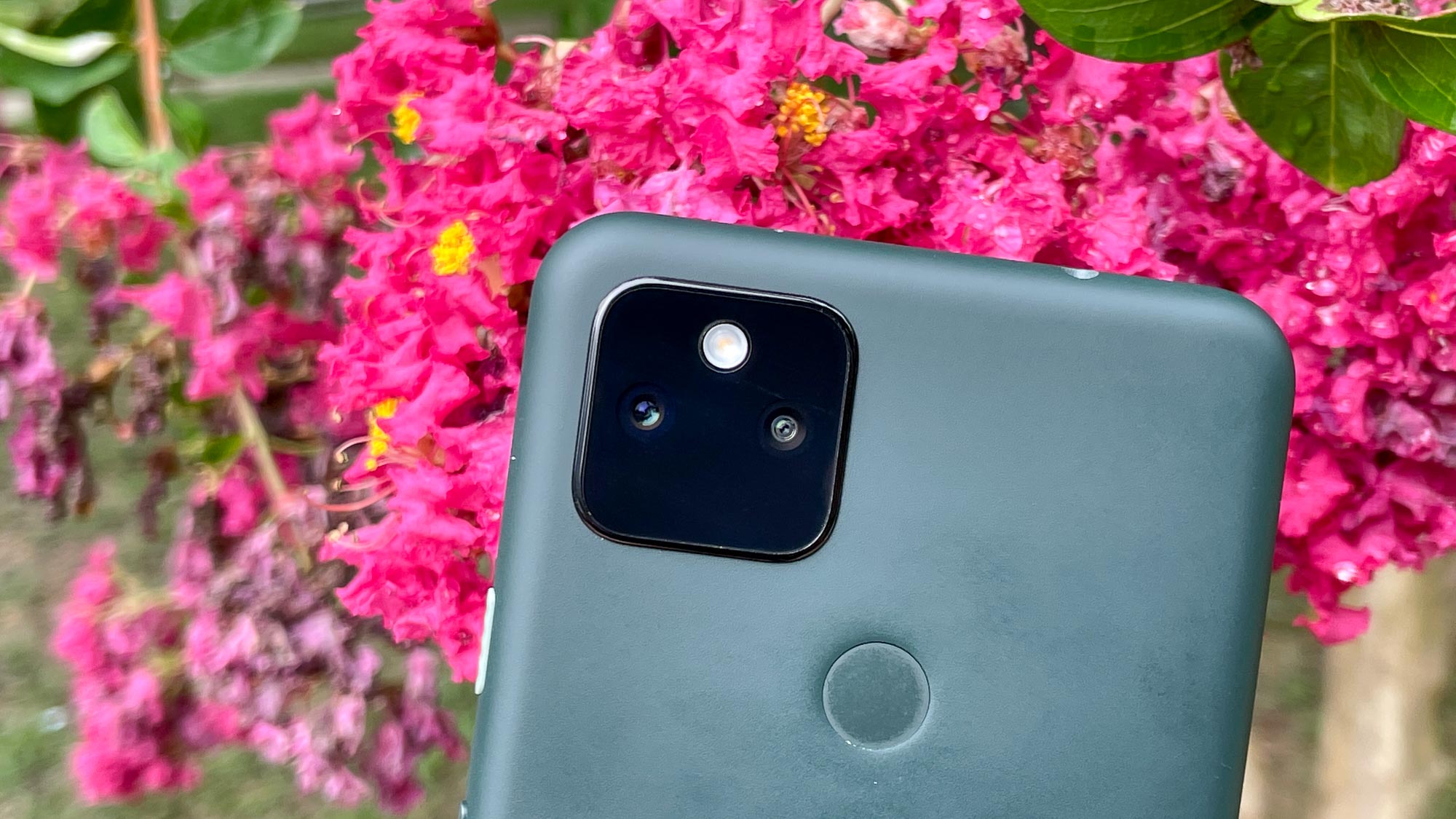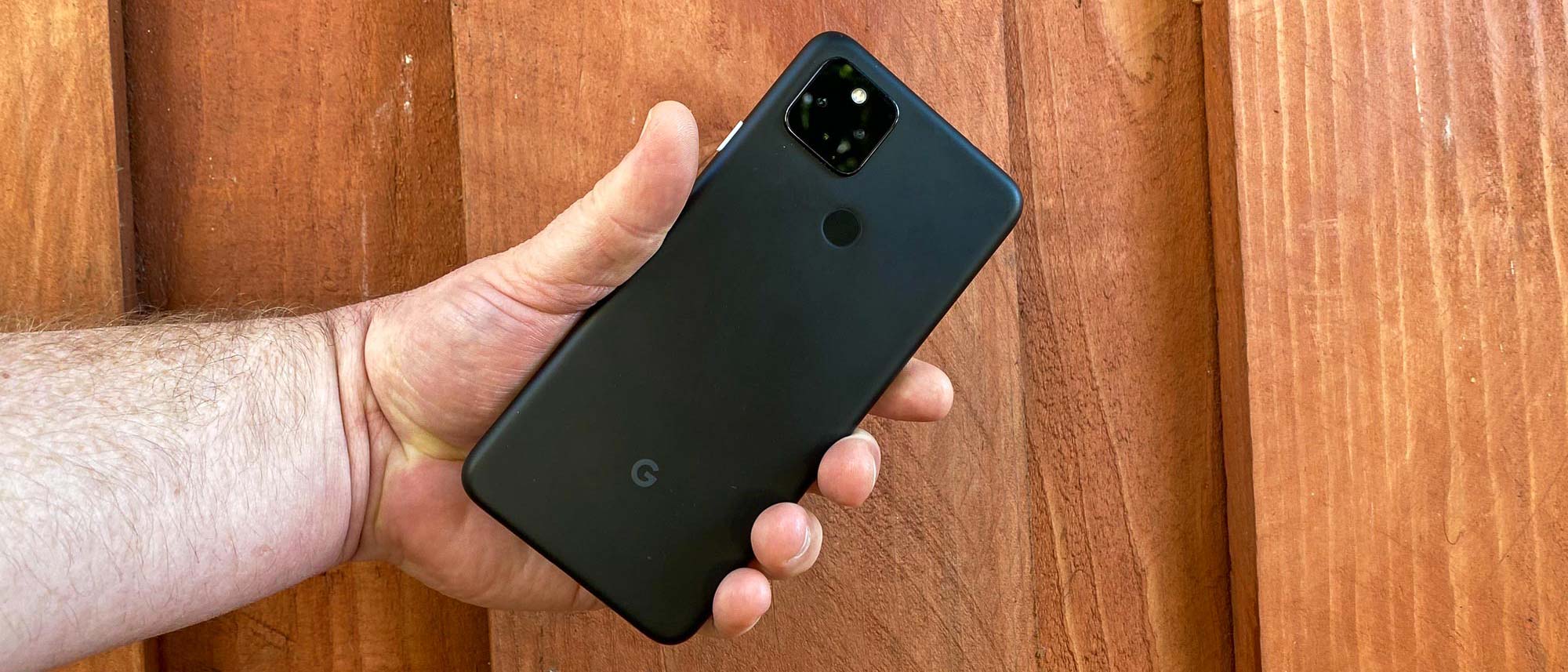Google Pixel 7 upgrade guide — here’s who should get the new Pixel
Is it time to get a new phone now that the Pixel 7 is here?

A pair of new Google phones has arrived, and maybe you're considering picking up either model, especially in light of the positive reviews the Pixel 7 and Pixel 7 Pro are getting. Google's latest handsets have a lot to offer, chiefly an updated Tensor chipset that builds upon the smart features and upgraded photography last year's models offered. Even better, Google held the line on pricing, so you're getting premium features for less than you'd pay for many of the leading flagships.
That's an attractive formula for a lot of smartphone shoppers, especially those who have already bought a Pixel phone and have come to appreciate how great Google's handsets are at taking pictures. With two Pixel 7 models now available, current Pixel owners will need to ask themselves whether it's time to upgrade to a new Google device.
That's a question we can help answer. We've not only reviewed the most recent Pixels — we've looked at all the Pixels so we're very familiar with the features that Google has included with its smartphones over the years. For some people with older Pixels, upgrading to the Pixel 7 or Pixel 7 Pro isn't that difficult a decision. But if you've got a newer model, we can spell out what these new phones can do that your handset can't.
Here's a look at Pixels that have come out since 2019 and what you'll gain if you pay $599 to $899 to upgrade to a new Pixel 7 or Pixel 7 Pro.
Google Pixel 6 and Pixel 6 Pro

First released: October 2021
Best features: Tensor chip, 50MP main camera, new design with horizontal camera bar
What's missing: Responsive fingerprint sensor, better battery life
Get instant access to breaking news, the hottest reviews, great deals and helpful tips.
As much as the Tensor G2 chip is wowing us with the Pixel 7, it's worth remembering that the Pixel 6 was the first to get Google's own silicon. And while some of the features introduced with the Tensor G2 will likely remain Pixel 7 exclusives, there's still plenty that the Pixel 6 and Pixel 6 Pro can do with their version of the Tensor.
These were also the first Pixel phones to sport the design that's now apparently standard for Google's handsets — the horizontal camera bar stretching across the back of the phone. Google refined that look for the Pixel 7, but that's not really the sort of thing to get you to ditch your phone after one year.
The Pixel 6 models were also the first to upgrade to the 50MP main camera Google uses for its flagship devices. In fact, the camera hardware on the Pixel 7 is essentially unchanged from its predecessor, with the notable exception of the front camera.
Upgrade outlook: If you bought the Pixel 6 or Pixel 6 Pro when those phones came out a year ago, you're still enjoying excellent camera phones and unique Tensor-powered experiences. You've also gotten to upgrade to Android 13 already, so you're running the same software as the Pixel 7. And it's a safe bet that at least a few of those Pixel 7-exclusive features are going to find their way to other Tensor-powered devices like the Pixel 6. We'd suggest you hold on to your phone.
Google Pixel 6a

First released: July 2022
Best features: Low price, same Tensor chipset as the Pixel 6, bright display
What's missing: Telephoto lens, longer battery life
The Pixel 6a is actually the last phone Google released prior to the Pixel 7, so if you bought one, you're still enjoying that new phone smell. More to the point, you're benefitting from the same Tensor processor that powers the Pixel 6 flagships, but in a much cheaper device.
Perhaps the Pixel 7 is stoking your FOMO with its more advanced Tensor G2 chipset and beefier camera hardware. (The Pixel 6a sticks with a 12.2MP camera instead of the 50MP main sensor used by both the Pixel 6 and 7, and there's no telephoto lens like you'd find on the Pro models.) But, as with the Pixel 6 and other phones on this list, you've been able to upgrade to Android 13, and you may even see a new Tensor feature or two trickle down to your device.
Upgrade outlook: You probably bought the Pixel 6a because its $449 price appealed to you at some level. Even though the Pixel 7 costs just $150 — and that's without any Pixel 7 deal to lower the cost — frugal people don'g go around upgrading to new phones when the current one came out just a few months ago.
Google Pixel 5

First released: October 2020
Best features: Excellent cameras including an ultrawide lens, power-saving features
What's missing: A more powerful processor, a big-screen version
The Pixel 5 was the last Google flagship phone to use a Snapdragon chipset — and a fairly underpowered one at that. The Snapdragon 765G chipset powering the Pixel 5 is perfectly fine on its own, but compared to the silicon in rival flagships at the time, it just really couldn't compete.
At least the cameras on the Pixel 5 were pretty formidable, including the 16MP ultrawide shooter. Still, computational photography has advanced in the last two years, even with some newer features reaching the Pixel 5 via software update.
With no XL or Pro version accompanying the Pixel 5, you were stuck with a 6-inch display whether you liked bigger phones or not.
Upgrade outlook: Like most phones, the Pixel 5 is still pretty useful two years after its release, and you could probably squeeze out one more year of use if you wanted. But the difference between a new Tensor chipset and an older Snapdragon system-on-chip that's not even one of Qualcomm's top-of-the-line chipsets will be noticeable to upgraders. We think you should make the leap.
Google Pixel 5a

First released: August 2021
Best features: Excellent cameras, sub-$500 price, bright display
What's missing: Fresh chipset, global availability
The Pixel 5 may have been the last flagship Google made to go without a Tensor chip, but the Pixel 5a, arriving 10 months after the Pixel 5's debut, was the last device Google made without its own silicon. In fact, the 5a used the same Snapdragon 765G as the Pixel 5, so that chip was even older when the Pixel 5a finally rolled around.
If you lived outside either of the U.S. or Japan, you never got to experience the Pixel 5a's twin charms of excellent cameras and a low price tag for yourself. Google limited the phone's release to those two countries, likely due to pandemic-caused parts shortages. The Pixel 5a may have lacked the wireless charging and fast-charging display found in other Google phones at the time, but it was still a solid budget device with outstanding cameras that could hold their own against more expensive phones.
Upgrade outlook: If Pixel 5 owners are ready for an upgrade to a brave, new Tensor-powered world, why should people with a Pixel 5a hold on to their phones? Besides the fact that the Pixel 5 has a 10-month head start on the Pixel 5a, Google's A Series phones are all about maximizing value. Holding out until next year will let Pixel 5a owners more than get their money's worth.
Google Pixel 4 and Pixel 4 XL

First released: October 2019
Best features: 90Hz refresh rate, great cameras, MotionSense feature
What's missing: A bright display, 5g connectivity
Remember Motion Sense, the Pixel 4 feature that sped up face unlocking and supported some gesture controls. People holding on to their Pixel 4 models probably do, as this was the only Google phone to incorporate the feature. Imagine what awaits these folks when they upgrade to a Tensor-based Pixel.
And upgrade they should, if for no other reason than both the regular Pixel 4 and the Pixel 4 XL had unusually dim displays. That's not a problem with the new Pixel 7 models, which are much brighter than their predecessors — so much so we didn't really struggle to see the Pixel 7 screen outside in bright sunlight.
Yes, Tensor will be a big step forward from the Pixel 4, and camera improvements of the last three years will be great to have as well. But that switch in displays will be like night and day — quite literally.
Upgrade outlook: Your Pixel 4 has served you well for three years, but the either Pixel 7 model will be a big step up from 2019's flagships.
Google Pixel 4a and Pixel 4a 5G

First released: August 2020 (4a) and November 2020 (4a 5G)
Best features: Low price, ample storage, great camera
What's missing: 5G compatibility (from the original Pixel 4a), an extra rear camera (on the original 4a), long battery life
There were actually two different Pixel 4a models — one that had 5G connectivity and one that didn't. The Pixel 4a 5G also ushered in a second rear camera, though a single lens didn't prevent the Piel 4a from producing the best pictures in its price range.
Though these phones came out in the second-half of 2020, they have more in common with the Pixel 4 flagships that came out the previous fall. For that reason, you're probably due for an upgrade if you've got a Pixel 4a, especially if it's the non-5G version.
Upgrade outlook: Really, the question isn't whether you should upgrade — it's whether the Pixel 7 or Pixel 6a is the right phone for you. Our Pixel 7 vs. Pixel 6a comparison can help you decide between newer hardware or the Pixel 6a's lower price.
Why older Pixels should upgrade to the Pixel 7
We don't know how many Pixel 2, Pixel 3 and Pixel 3a models are out there in the wild still. But we're willing to guess that those phones aren't seeing any Android updates lately. For that reason, it's probably time to ditch that older phone in favor of something running a more current version of Android. And you can't get more current than the version of Android 13 installed on Google's newest handsets. That those phones also feature Tensor-powered experiences and improved camera features will feel like a bonus when compared to having an updated operating system once more.
Why other Android phones should upgrade to the Pixel 7
Upgrading from another Android device to the Pixel 7 is another question altogether, with the answering depending on how you feel about your current smartphone, and just how new it is. It's hard to justfy an upgrade to any phone if you've owned your current model for two years or less. Even a 2- to 3-year-old phone can still be perfectly serviceable, assuming it's still holding a charge.
Anything older than that, though, and the Pixel 7 makes a compelling case for an upgrade. We're talking about the best cameras on any Android phone and, depending on how you feel about the iPhone 14, arguably the best camera phone overall. The current Pixel design makes Google's phone stand out, and the Tensor-driven experiences Pixel owners enjoy give the Google handset a unique feel.
The question of which option is best Android phone for you requires a deeper discussion about what you're looking for in a phone. But the Pixel 7 features certainly make a compelling case for getting Google's phone.
Philip Michaels is a Managing Editor at Tom's Guide. He's been covering personal technology since 1999 and was in the building when Steve Jobs showed off the iPhone for the first time. He's been evaluating smartphones since that first iPhone debuted in 2007, and he's been following phone carriers and smartphone plans since 2015. He has strong opinions about Apple, the Oakland Athletics, old movies and proper butchery techniques. Follow him at @PhilipMichaels.

